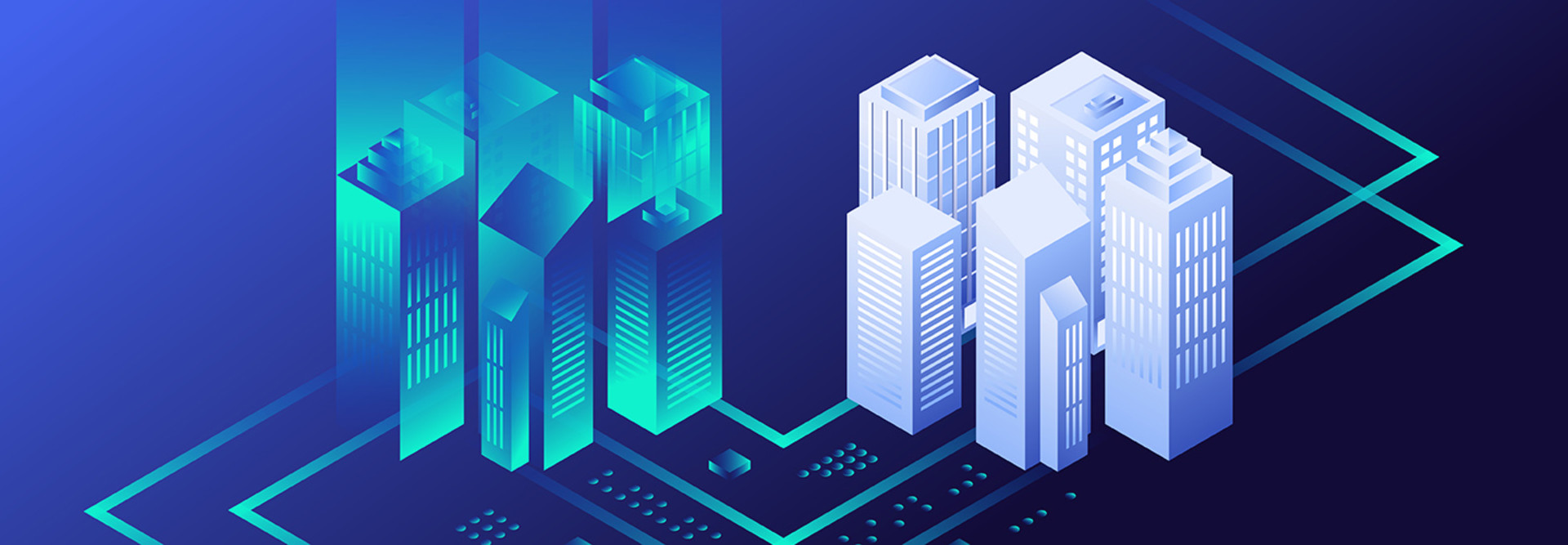What Is a Digital Twin?
A digital twin is “a digital replica of your city, with multiple levels and scales depending on how detailed you need it to be and how much data you have available,” says Petra Hurtado, research and foresight director at the American Planning Association.
Such a model offers the means to try new ideas without disrupting daily life.
“With the data on all of these systems and flows, you can really start experimenting — because that’s something right now that we as planners can’t really do much. We always have real people in the real world, and we don’t want to harm people,” Hurtado says. “With a digital version of your city, you could just try and see. If I change this, how will it affect other places? How will it affect other systems?”
READ MORE: Digital twins help cities study operations of infrastructure systems.
Smart cities in particular need digital models in order to effectively consider large amounts of data from varied sources.
“The data generated from all of the people and cars and infrastructure in cities is becoming more complex, and the data is larger and happening at a faster rate. It’s hard to build actionable consensus if there isn’t a shared version of the truth,” says Ruthbea Yesner, vice president of government insights at IDC.
A digital twin offers “a way to have organizational cohesiveness across departments for cities,” she says. “As they deal with growing data volumes and data that is coming into systems faster, digital twins can enable collaboration in real time.”
How Can Smart City Infrastructure Benefit from Digital Twins?
Experts point to several potential use cases for digital twins that support key elements of smart city infrastructure.
For example, cities could leverage digital twins to make better choices on healthcare infrastructure, deciding where to position hospitals, emergency services and other resources.
“You can’t do that blindly. We’ve done that in the past: There’s a location, with all of your ambulances staying in one place,” Tabet says. “Now, there’s this concept of being dynamic, moving things around so you can actually facilitate how you would help the citizens and get them the help as fast as possible.”
LEARN MORE: More cities are embracing digital twins.
In terms of smart city operations, the same strategy could help inform the emergency management infrastructure.
“If you close a road, what happens? Where’s the flow of traffic going? You want to see if you make a change in one area, how are other places and systems affected by it?” Hurtado says. A digital twin is “a perfect tool to create different scenarios and see how you need to prepare for them.”
She pointed to zoning as another likely area of interest. “From a planner’s perspective, you can experiment with the potential outcomes, for example, of a policy decision,” she says.
“If you say an area is all going to be residential from now on, then you can see how the different flows and movements in your city would change based on that,” and organize infrastructure accordingly, she says. “You want to know how transportation would change, how certain flows of goods and services would change, as well as the need for water, electricity, anything that flows and moves around your city.”
For economic development, “you can get pretty granular information in terms of leasing or renting space, or building new areas or building new homes,” Yesner says. “You can see passing cars, and you can see the actual representations of the people in the foot traffic. You can see the census tracts in real time.”












